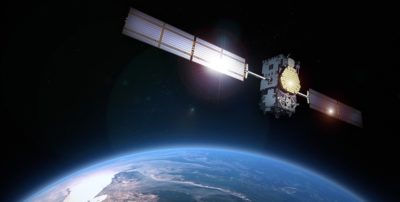Although it has undergone numerous setbacks, launch miscalculations, and is over budget by more than 8 billion euro, it looks like Europe’s Galileo satellite constellation is finally complete enough to begin sending out signals. In fact, according to GPS Daily, the constellation is set to begin transmitting as soon as tomorrow, December 15, 2016, and it’s been a long time in coming.
This project has been in progress for at least 17 years and cost European taxpayers an estimated 10 billion euros ($11 billion) although it was originally expected to cost around 1.8 billion Euros. Of course, the numerous errors, including launching two satellites into the wrong orbit in 2014, caused the entire program to take nearly twice as long as initially intended.
Originally expected to go live in 2008, the constellation will not be fully functional until 2020. Currently, there are 18 satellites in orbit—enough to give some functionality, but not at the level of accuracy and consistency that users will experience when all 30 satellites (24 of which will be operating at any given time) are launched. The next Galileo launch is expected at the end of January.
However, the exciting thing about Galileo finally getting off the ground is that the system is inter-operable with GPS and GLONASS, and is expected to be far more accurate thanks to its ridiculously accurate atomic clocks which reportedly have an error rate of one second per three million years. The accuracy of the fully-functional Galileo constellation is expected to be within a meter (3.3 feet) as compared to GPS, which is accurate to within 10-50 feet.
“GPS allows a train to know which area it is in—Galileo will allow it to identify the track it is on,” said Jean-Yves Le Gall, president of France’s CNES space agency, a member of the ESA.
As not all satellites are operational, currently Galileo’s signals are expected to be a little fuzzy, but will be boosted by the US’s GPS satellites.
At the time of writing, Galileo signals will be free to use by the public, but only available on certain phones and navigation boxes already fit with Galileo-compatible microchips. Some articles I read indicate that phones using Snapdragon 820, 652, 650, 625, 617, and 435 processors will be able to use Galileo after an update, but there were no indicators as to if or when this update will be sent out, or if it will be even available here in the US.
Regardless, this is a huge milestone for the navigational community as Galileo is now the third (almost) complete navigational system in the world (with China’s BeiDou close behind) and the first one that is not run by a government.

